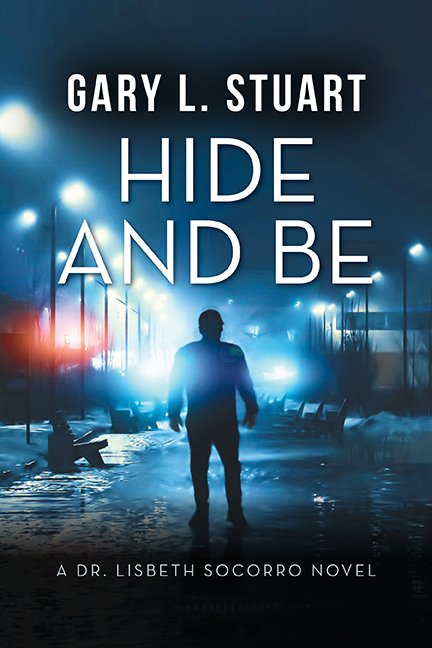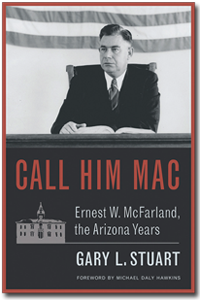“Original Intent is a method of constitutional and legal interpretation that seeks to discern the original meaning of the words being construed as that meaning is revealed in the intentions of those who created the law or the constitutional provision in question.”[1]
Got it? It’s a theory. It’s used in statutory and constitutional interpretation. It’s a synonym for originalism. It’s a way to get your way, politically, if you can swing the votes your way. It avoids realism like drunks avoid lite beer. It’s a one-man band that only plays one note, a flat note, never a sharp. It’s old school, single unit thinking back to a time when men did the thinking, not the dishes. It resonates two centuries back, never a day ahead. Canada doesn’t like it even though over those two centuries we shared a continent, a history, and a similar judicial structure. Canada’s predominant school of thought is the living tree doctrine. Originalists live in dead trees.
It doesn’t apply in medicine because medicine constantly advances with new cures for old maladies. It doesn’t apply in engineering because new designs are always safer, better built, and are less given to decay. It doesn’t apply to mathematics—Einstein proved that. It doesn’t apply to climate because climate changes, sometimes for the worst, especially when the change is manmade.
No matter how unoriginal, unorthodox, or old a legal concept may be, it is always open to interpretation, in current terms, by applying rules of reason, need, and fairness. In today’s legal environment, original intent trumps current views. But, like it or not, the U.S. Constitution is open to interpretation. If you have the votes.
That said, original intent means well. The search for original intention in interpretation is the essence of the rule of law. Original intent serves a vital function; it is the line that separates the act of judging from the act of legislating. Judges are obligated to determine what the lawgiver intended by the words chosen—no more no less.[2]
It is important to remember that SCOTUS is the law of the land to ensure the land is not lawless. The challenge is to give equal consideration to how the law makes life better, safer, fairer, and more equal. Our greatest controversies over original intent have come to engulf the power of the court under a written constitution that could not, did not, even imagine the power of modern medicine, the gift of speech to the speechless, and the effort to keep that venerable three-centuries old Constitution in tune with the times. Conservative justices live much of their lives in the past. Liberal justices live in the present moment with eyes and ears tuned to the future. The contrast makes the search for literal meaning both impossible and undesirable.
At the end of every SCOTUS term, the lower ranks—lawyers, judges, litigants, legislators, executives, and amici curiae—debate the same question. Did SCOTUS keep in tune with the Constitution, or is the Constitution out of tune with the times? Sadly, the answer seems to vary depending on which party held the White House for the majority on the court.
At the risk of oversimplifying original intent, the answer lies in those magic words that speak for the Constitution and the Declaration of Independence—We The People. Those carefully chosen words embody our experiment in self-government. They cannot be interpreted by seeking original intent. They mean We The People now, not then.
[1] Edited by Kermit L. Hall. “The Oxford Guide to the Supreme Court” Oxford University Press, Oxford New York 2005, at page 711—ORIGINAL INTENT.
[2] Id at page 712.

I am an author and a part-time lawyer with a focus on ethics and professional discipline. I teach creative writing and ethics to law students at Arizona State University. Read my bio.
If you have an important story you want told, you can commission me to write it for you. Learn how.






 I am an author and a part-time lawyer with a focus on ethics and professional discipline. I teach creative writing and ethics to law students at Arizona State University.
I am an author and a part-time lawyer with a focus on ethics and professional discipline. I teach creative writing and ethics to law students at Arizona State University.  My latest novel is Hide & Be.
My latest novel is Hide & Be.  If you have an important story you want told, you can commission me to write it for you.
If you have an important story you want told, you can commission me to write it for you.